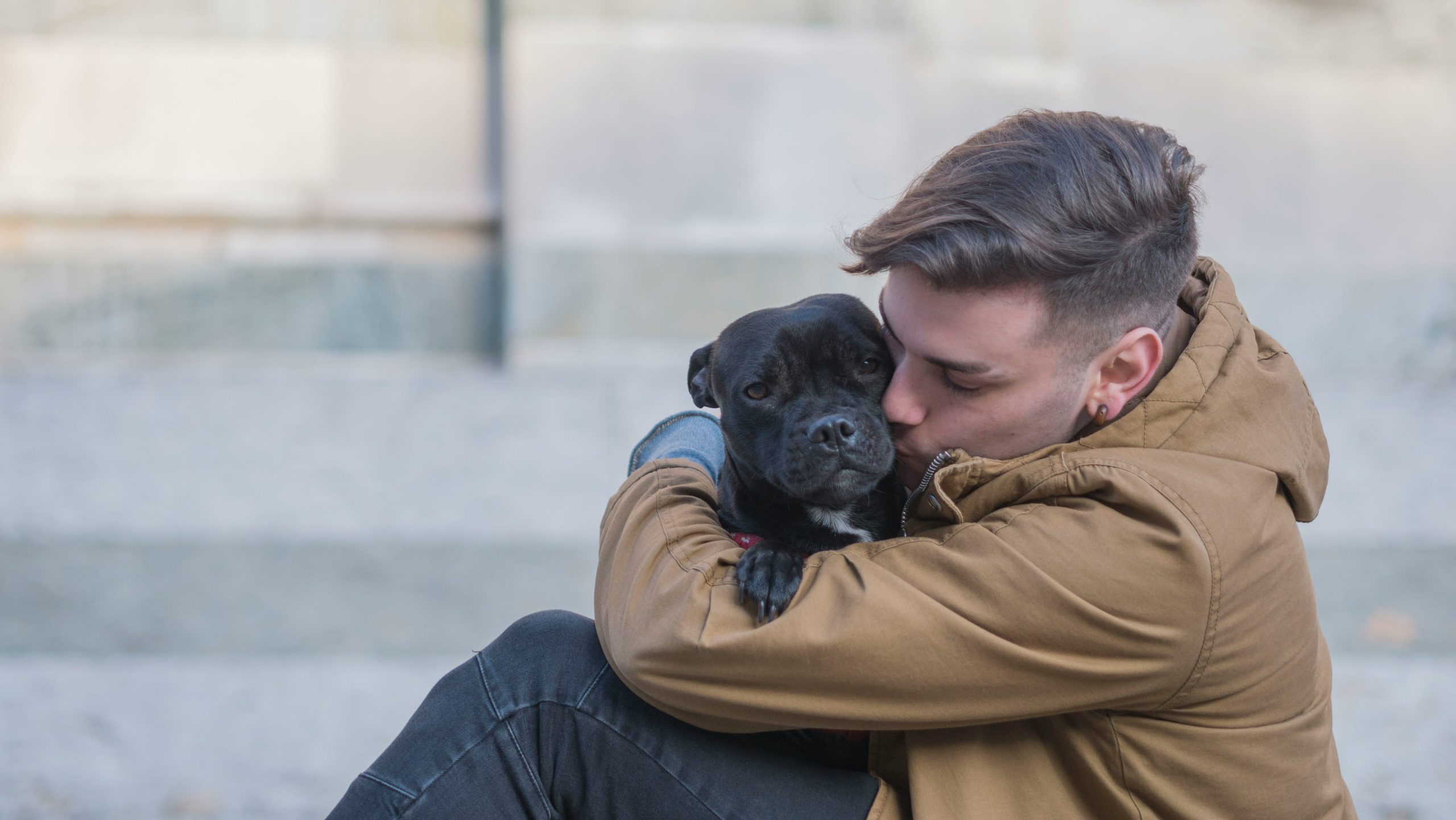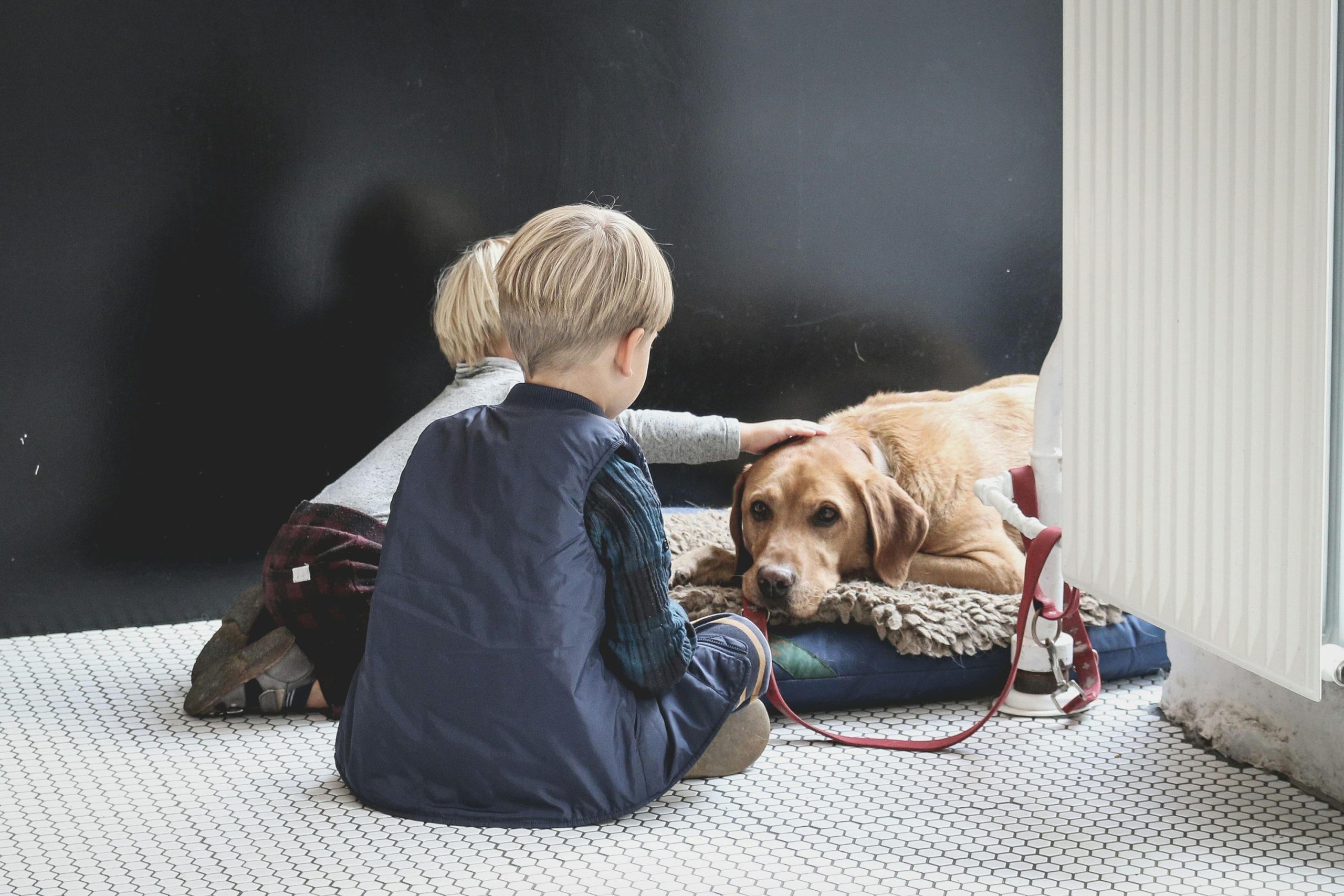Mastering Dog Interactions: Essential Tips for Safe Approaches by Owners and Non-Owners
Learn essential tips for safely approaching dogs to ensure positive interactions and prevent bites for both dog owners and non-dog owners.
Understanding the Importance of Safe Dog Interactions
Safely approaching dogs is crucial for preventing bites and ensuring the comfort of both the dog and the person involved. In the United States, approximately 4.7 million dog bites occur annually, highlighting the urgent need for proper etiquette when interacting with dogs. Understanding how to approach dogs can prevent misunderstandings and foster positive experiences, making it essential for both dog owners and non-dog owners alike.
When approaching a dog, it’s vital to respect the animal’s personal space and boundaries. Dogs are sensitive creatures, and their comfort levels can vary widely. For example, a friendly dog may still feel overwhelmed if approached too closely or too quickly. Practicing proper etiquette can help mitigate risks and ensure that interactions are enjoyable and safe for everyone involved.
When to Approach a Dog
Before approaching an unfamiliar dog, always seek permission from the dog’s owner. This practice ensures respect for the dog’s boundaries and the owner’s wishes. Even if a dog seems friendly and approachable, there might be underlying reasons—such as health issues or training—that necessitate keeping distance.
Approaching dogs in someone else’s yard is another scenario that requires caution. Dogs may perceive trespassers as threats, leading to defensive behavior. Additionally, if a dog is on a leash, it might feel more protective of its owner, making it essential to approach with caution. In situations where a dog is in a crate or enclosed space, it’s best to avoid interaction altogether, as they may feel trapped and react defensively. Implementing low-stress handling techniques can significantly reduce their fear and anxiety during care and veterinary visits.
Body Language to Use
When approaching a dog, it’s important to use non-threatening body language. Turn your body sideways rather than face-on, and avoid direct eye contact, as this can be perceived as a challenge by the dog. Maintaining a calm demeanor is key; sudden movements or high-pitched noises can startle the dog, escalating the situation.
Allowing the dog to come to you is often a better approach than reaching out first. This respects the dog’s comfort level and gives them control over the interaction. Speaking in soft, soothing tones can further create a calm atmosphere, easing the dog’s anxiety. It’s also essential to avoid towering over the dog, as this posture may appear threatening.
Recognizing Dog Comfort Levels
It is crucial to learn how to recognize signs that a dog is comfortable or uncomfortable with your presence. Dogs that are feeling anxious or threatened may avoid eye contact, pin their ears back, lick their lips, or yawn frequently. Conversely, signs of aggression include growling, showing teeth, or lunging, indicating that the dog may feel scared or cornered.
Understanding dog body language can significantly enhance your ability to assess their emotional state accurately. For example, a dog with a low or tucked tail is often signaling fear or submission. Moreover, different breeds can exhibit unique body language cues, making it important to familiarize yourself with the specific traits of the dog you are approaching.
Tips for Greeting Dogs
When greeting dogs, certain practices can help facilitate a positive experience. For instance, offering your hand in a fist for the dog to sniff rather than extending your fingers can reduce the likelihood of startling the animal. When petting, focus on the side, neck, back, or chest, avoiding the head and hugging, as these gestures can be perceived as intrusive.
Moving slowly and calmly is essential, as is monitoring the dog’s body language for signs of comfort or discomfort. If a dog shows fear, such as cowering or backing away, do not force interaction. Additionally, using treats can create a positive association when greeting a dog, but always seek the owner’s permission first.
Teaching Children Safe Practices
Educating children about safe dog interaction is crucial for preventing accidents. One effective strategy is the “Be a Tree” technique, where children stand still and avoid eye contact with loose dogs. It’s also important to teach kids to always ask the owner for permission before trying to interact with a dog.
Children should be trained to recognize signs of anxiety or aggression in dogs. Role-playing various scenarios can help them practice safe approaches to unfamiliar dogs. Explaining the importance of respecting a dog’s personal space will help them understand that not all dogs are friendly and that some may need time to feel comfortable.
What to Do if You Get Bitten
If you happen to get bitten by a dog, it is essential to act quickly. Clean the wound thoroughly and seek medical attention regardless of the bite’s severity. Request the dog’s vaccination history from the owner to ensure safety from rabies and other diseases.
It’s important to know that dog owners are generally liable for bites unless the victim was trespassing or provoked the dog. If the dog is a stray or the owner is uncooperative, reporting the bite to local animal control is advisable. Documenting the incident with photos and notes about the dog’s behavior can also be beneficial for any necessary follow-up.
Recap of Essential Tips for Dog Safety
In summary, understanding how to safely approach dogs is vital for promoting safety and comfort for both animals and humans. Always seek permission from the dog’s owner, respect the dog’s personal space, and be mindful of your body language. Educating children about safe practices and recognizing signs of discomfort can prevent accidents and foster positive interactions.
By reinforcing responsible behaviors and educating others about dog behavior, we can create a safer environment for both pets and people. Awareness and understanding are the keys to ensuring enjoyable experiences with dogs, whether you are a dog owner or someone who simply loves animals.



